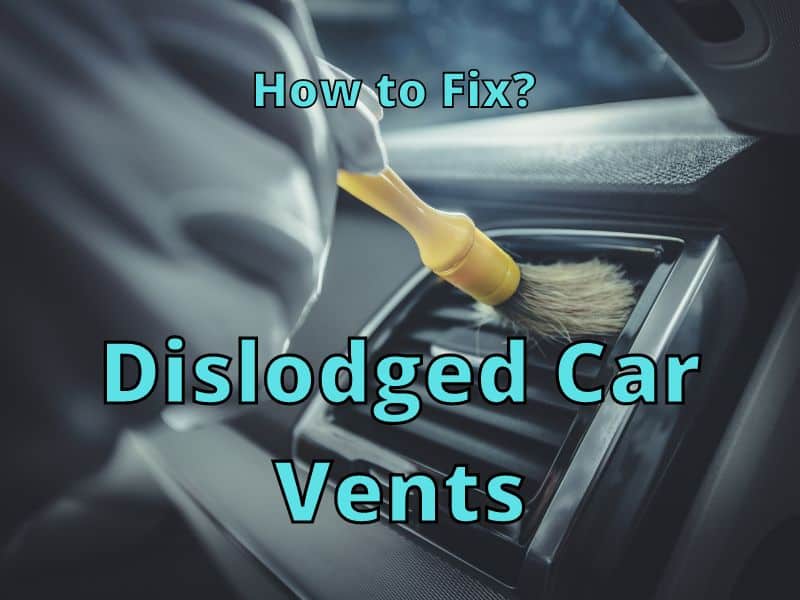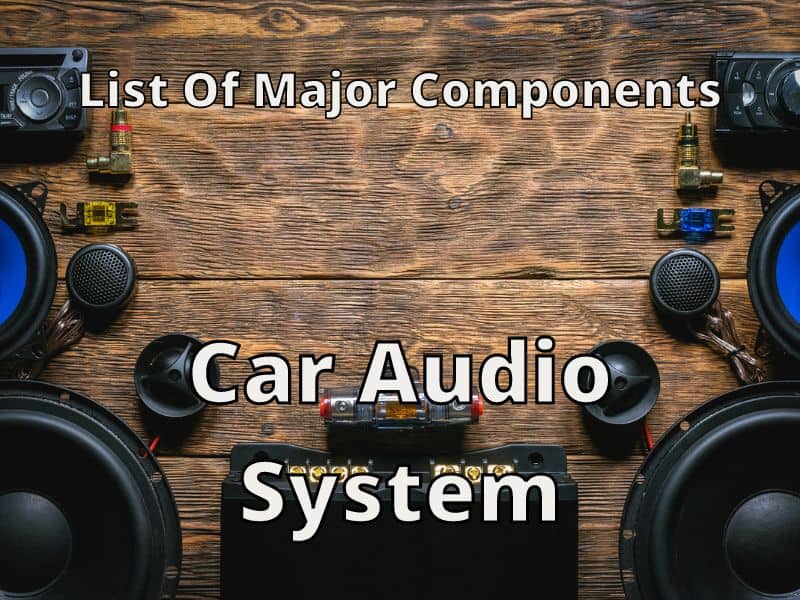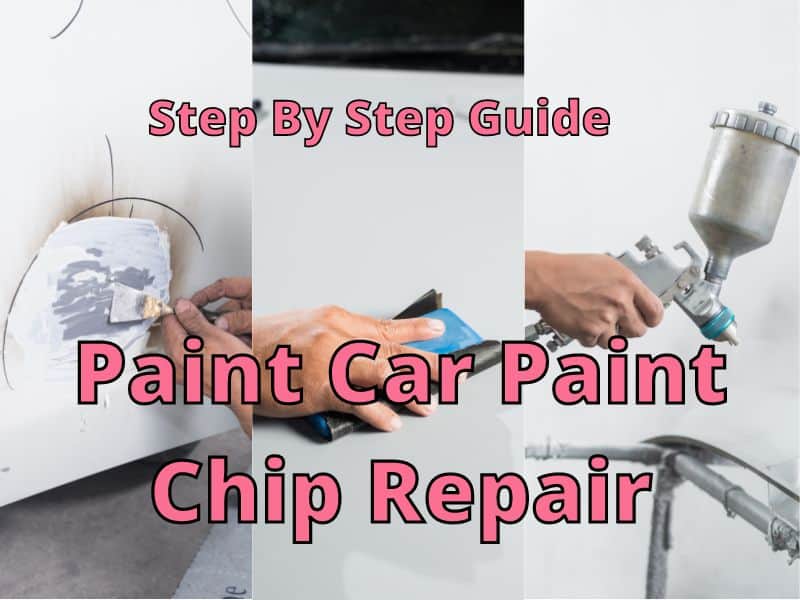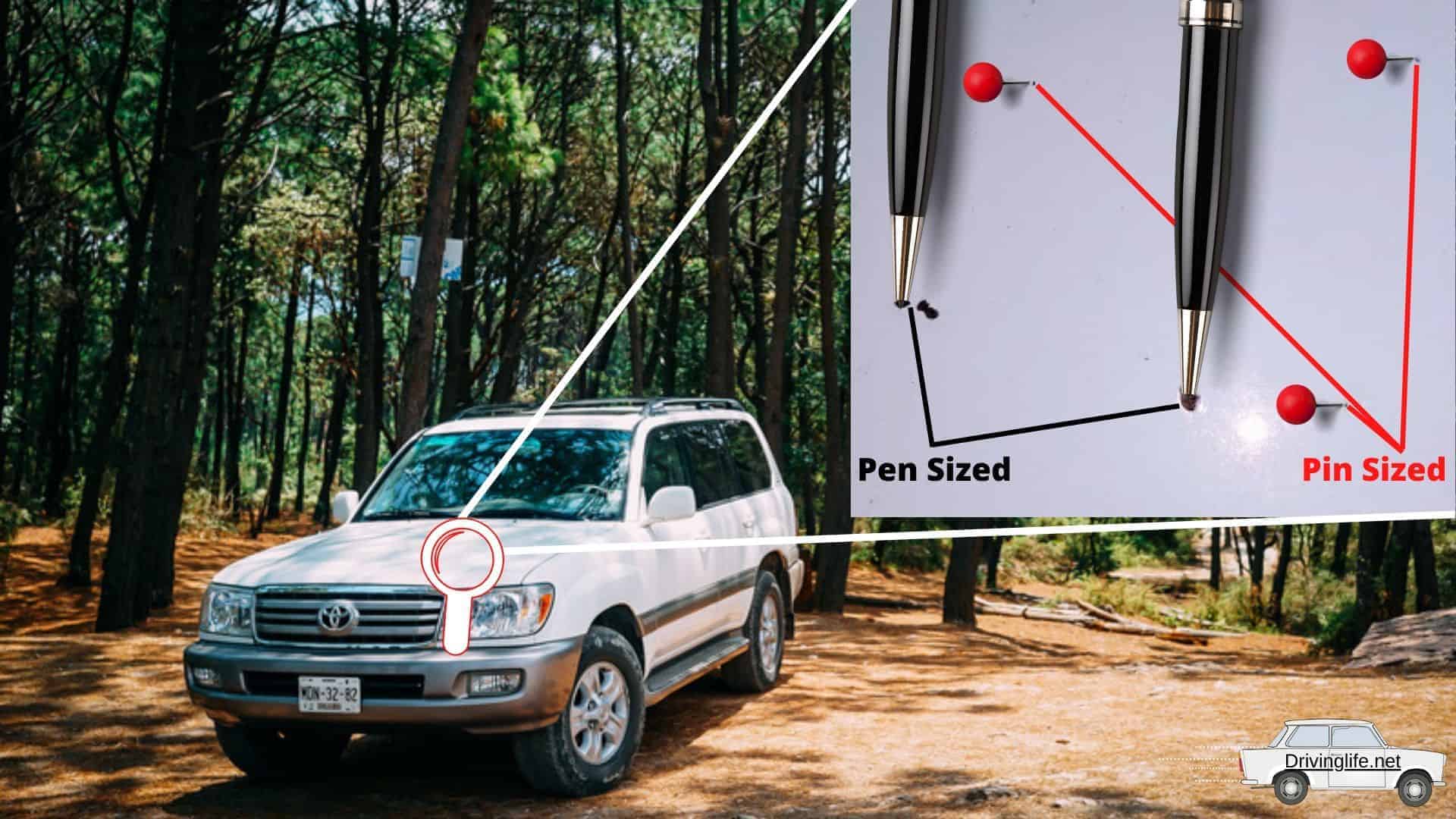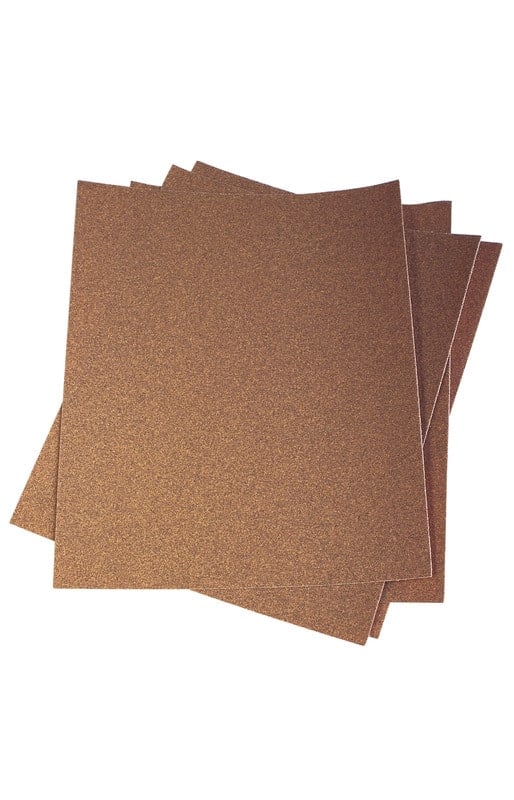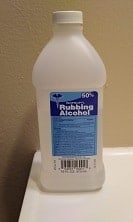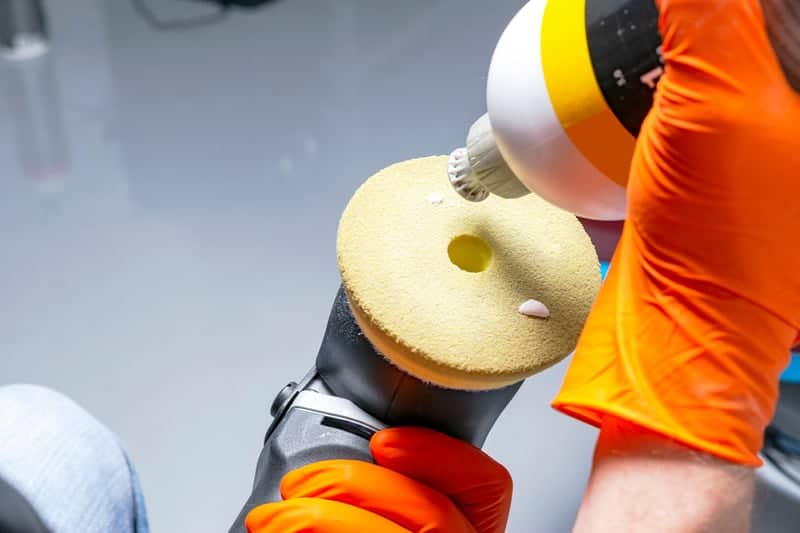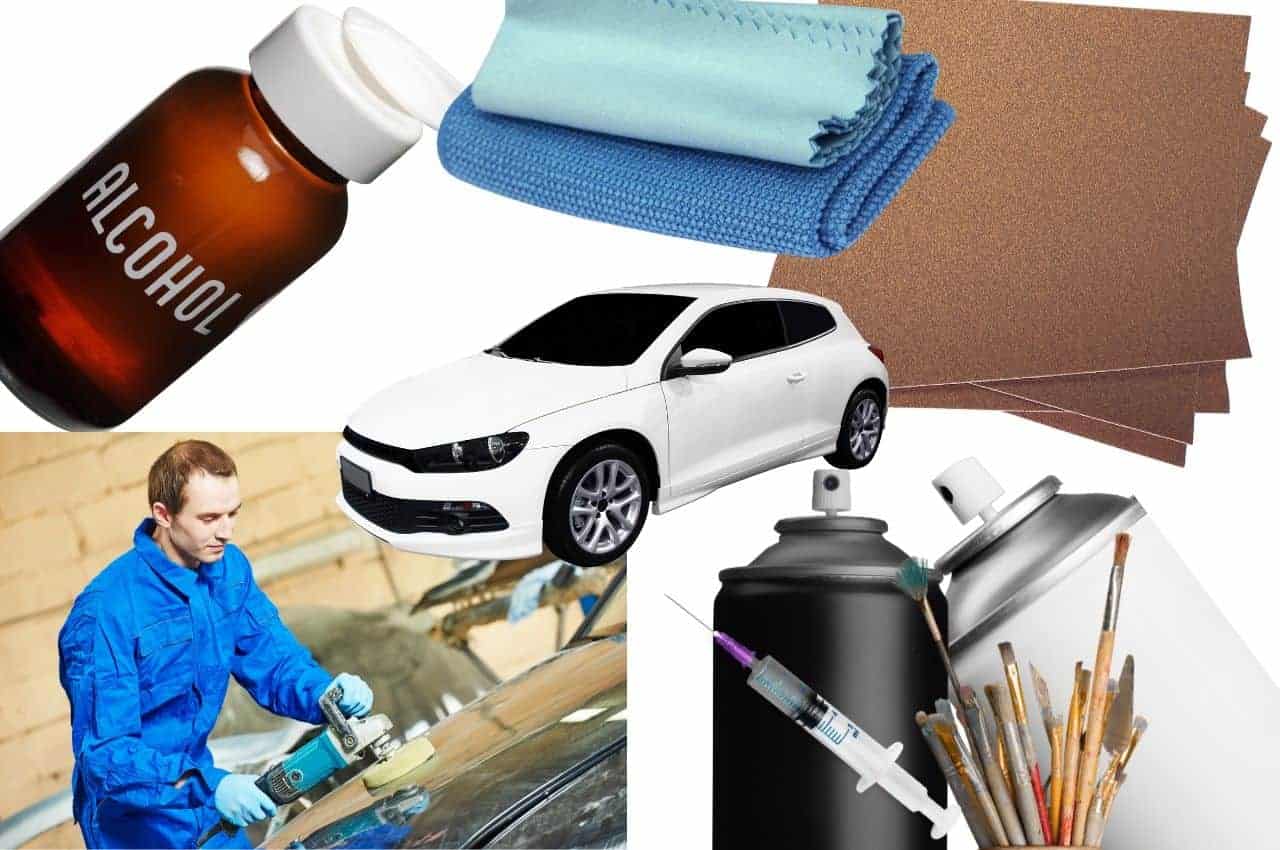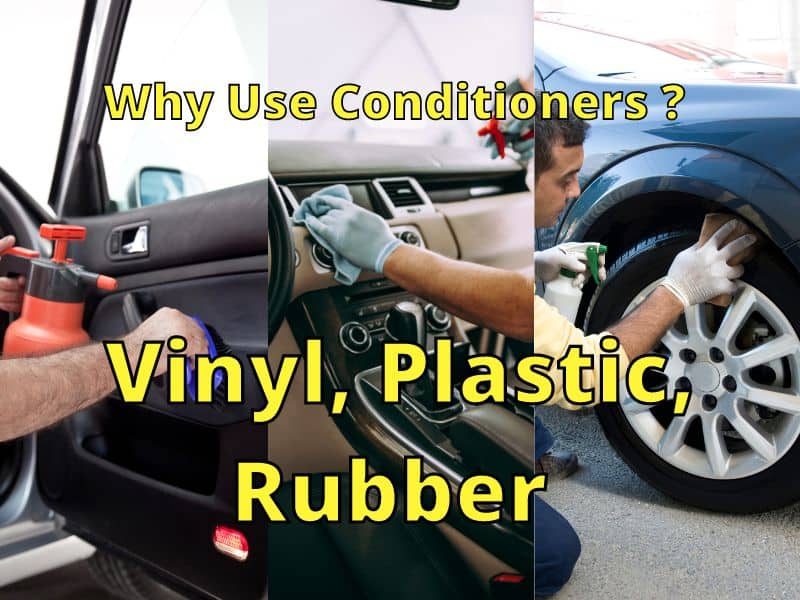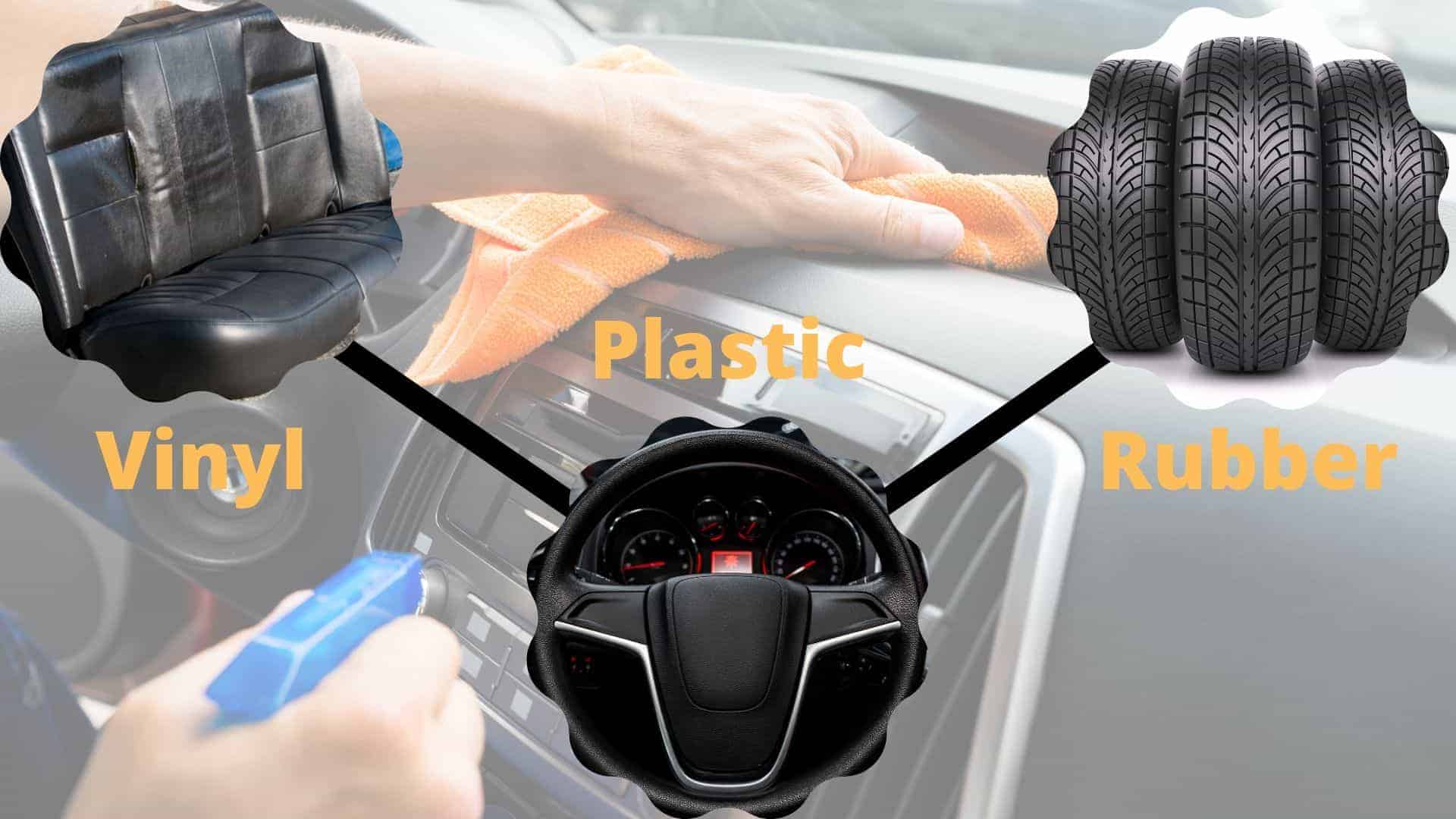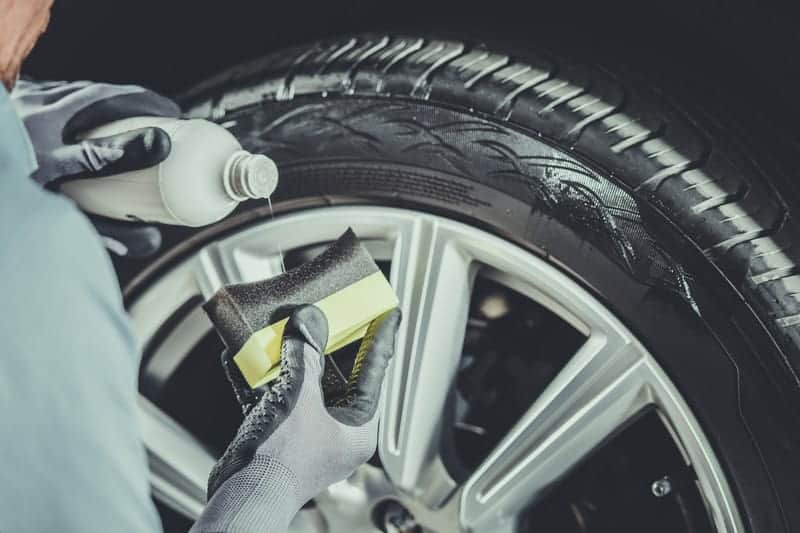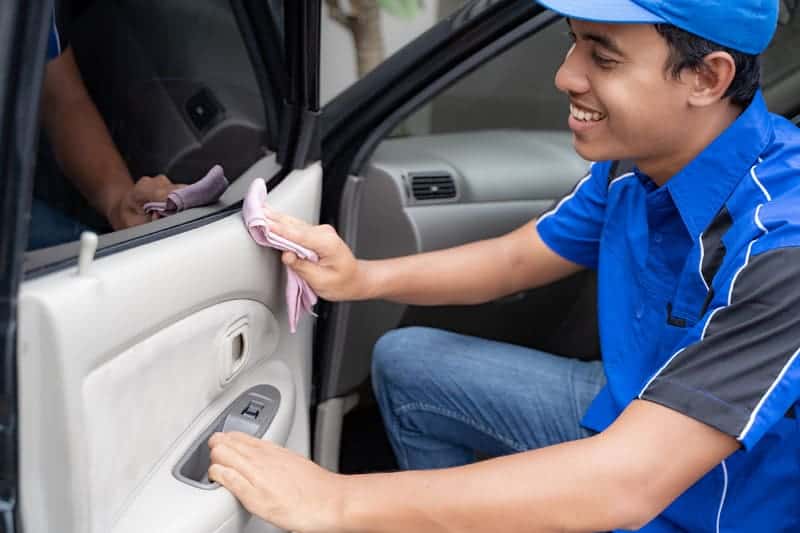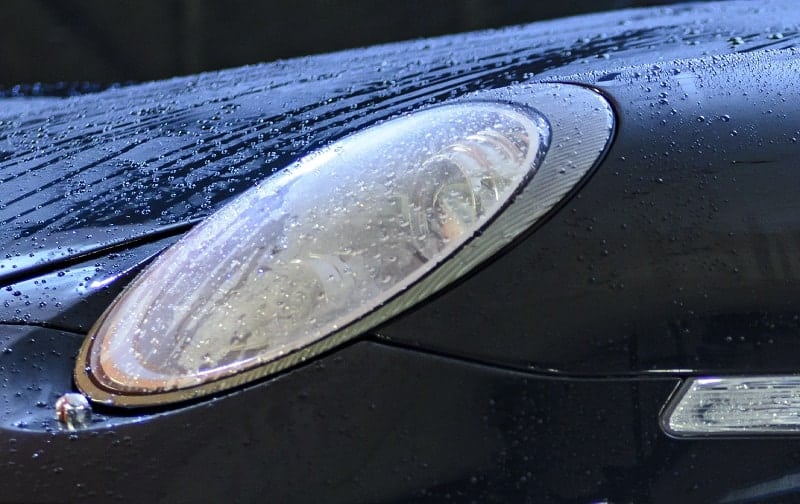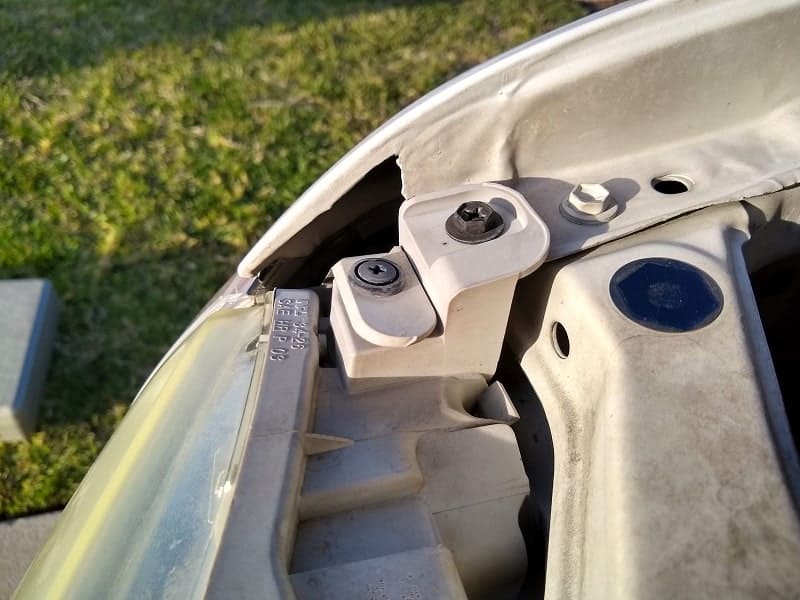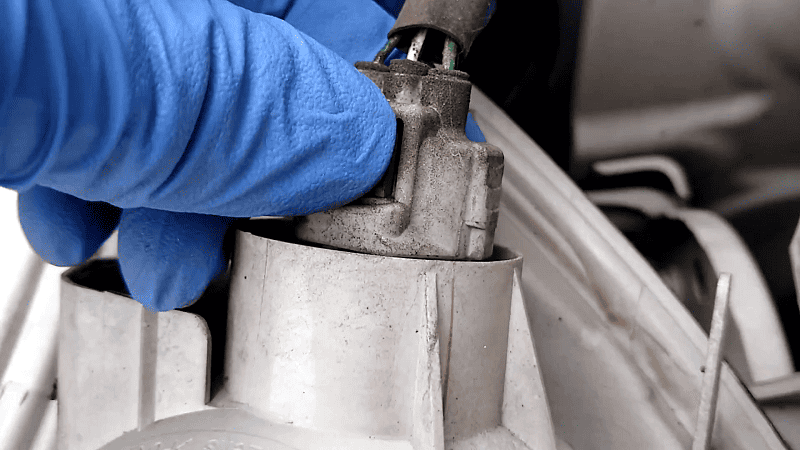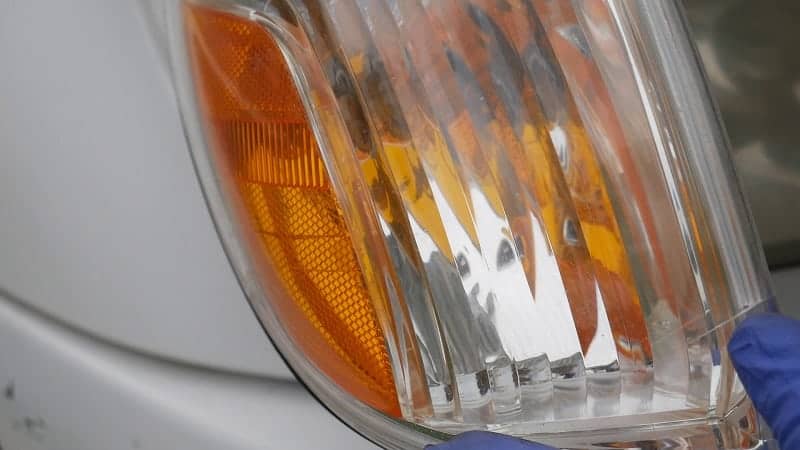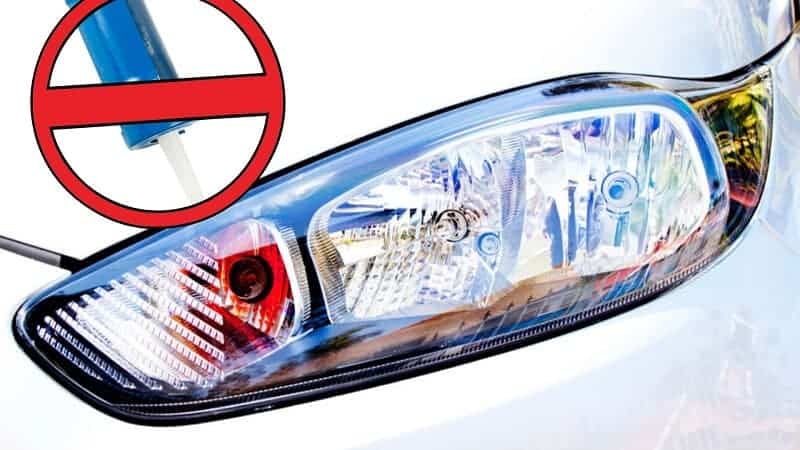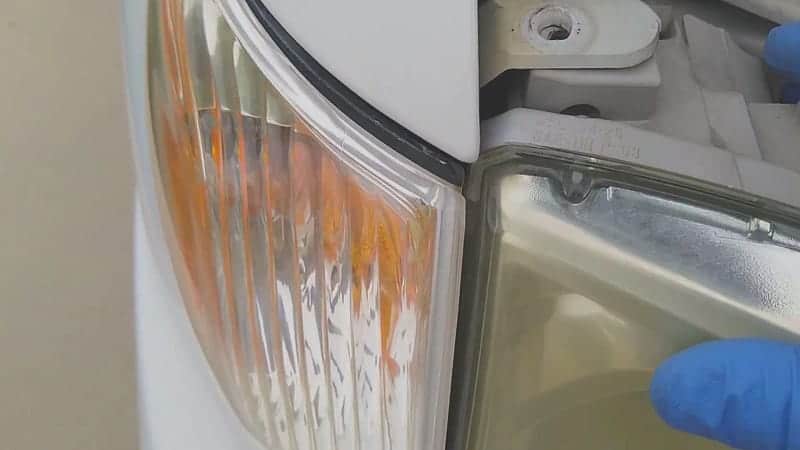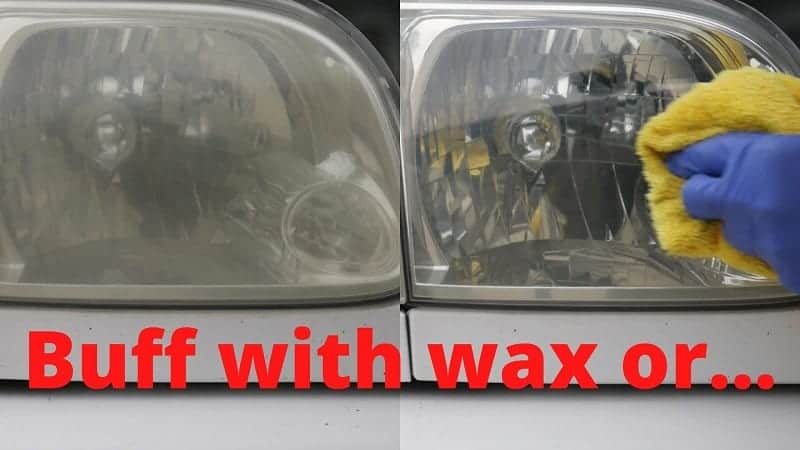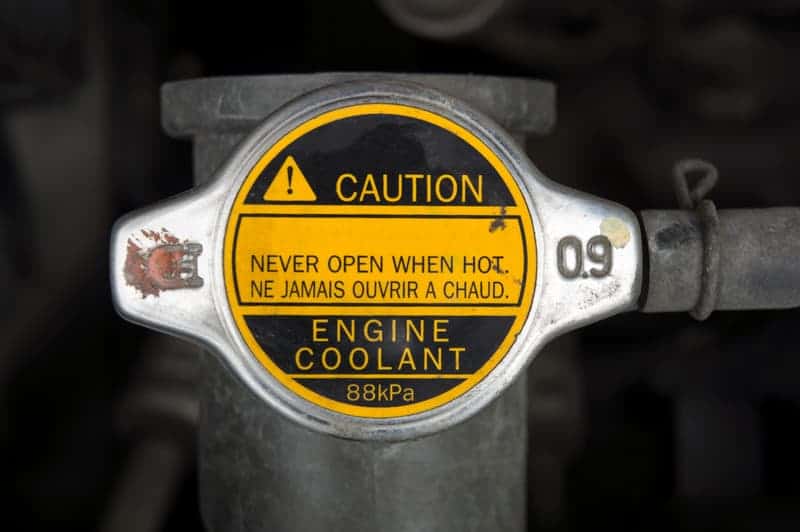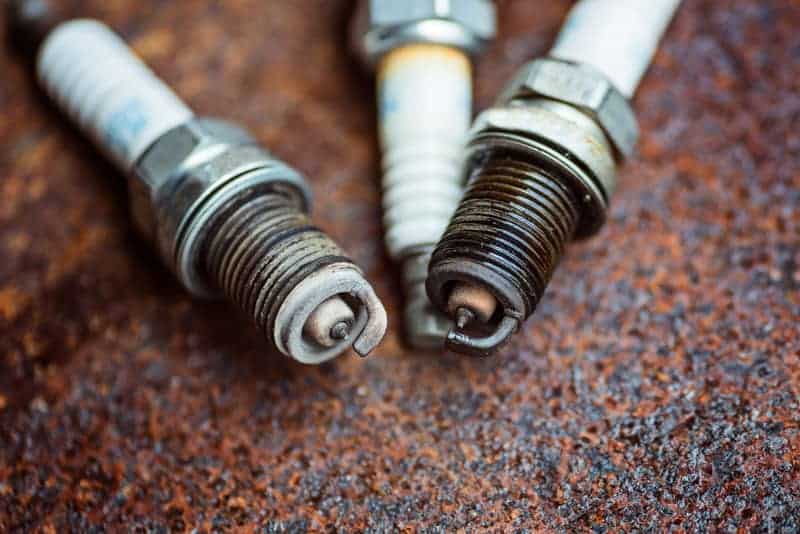When I accidentally dislodged the vent in my truck, I never thought that it would be so easy to fix. It just seemed stuck and wouldn’t move. While some vents are actually broken, others just need to be replaced properly.
To fix your car vent, first, see if you can remove the vent. Next, check if the vent body, control tab, pivot points, and fins are fine. (Use epoxy or glue to repair pivot pins and vents if needed.) Then replace the vent. Here are a few steps you need to follow to fix your dislodged car vents.
- Start Looking with a Flashlight
- Remove the Vent
- Check the Vent for Damage
- Replace Tabs
- Fix Fins
- Put the Vent Back in Place
When I repaired my vent, I found an easy solution to fix it, but vents attach to the dashboard in several ways, so be cautious when beginning your repair. And like I’ve learned from several experiences, forcing anything will just make the problem worse.
Start Looking with a Flashlight
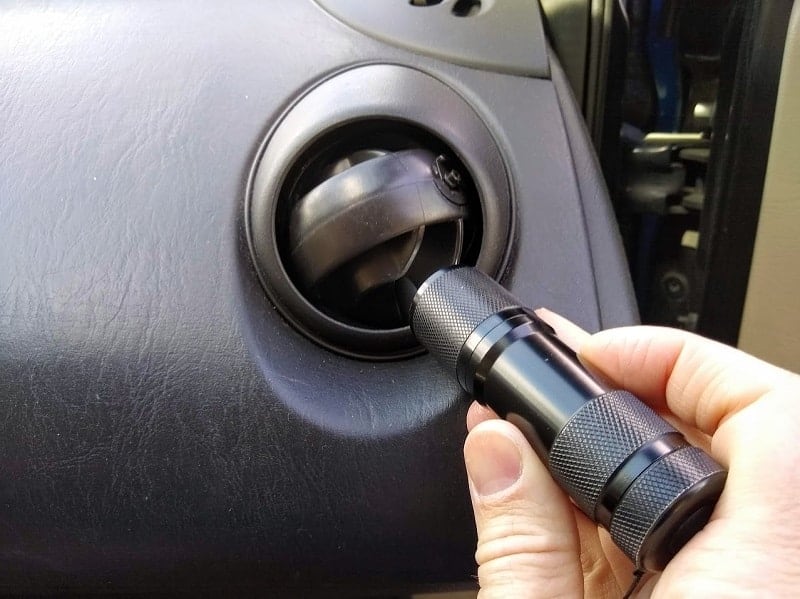
There are many different types of vents, and each may require a different method of fixing. Using a flashlight is one of the best ways to identify what is broken or if the vent just needs to be put back in place.
Before moving the vent around too much, identify where the vent is attached to the air outlet area. See if there are pins sticking out, tabs that may need to be lifted, or clips that may have spring action.

My experience has shown that I need to proceed slowly so I don’t lose a piece that may get swallowed up in the vent to never be seen again. You can use your phone camera light to help you see clearly into the vent.
If you can’t see any contact points try moving the entire vent if you have that kind of moving the vent fins.
Remove the Vent
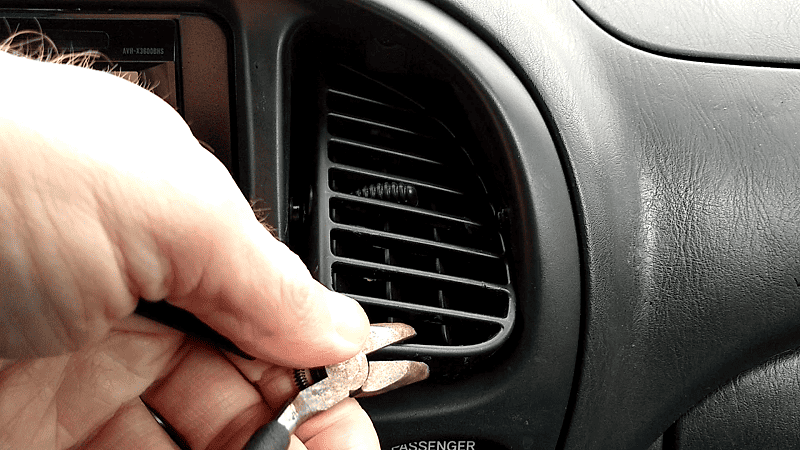
The best way to check to see how you can remove your car’s vent is to go online or use an owner’s manual to see how the vent is removed.
But if you were able to see how the vent is attached and know that you can pull it out safely without damaging the vent or surrounding area, then you can proceed.
First, you should check to see if you can maneuver without any prying at all. In my Toyota Tundra vent, I was able to push on the top of the vent until the bottom of the vent was easily pulled out just under the contact points.
What If They Don’t Come Out?
Other cars may have vents that don’t remove as easily. You may need to remove a dashboard section to get it out. On this Saturn, the vents don’t come out, but you can access the contact point and see if they are in good condition.

As you look inside the vent for this car, you’ll notice that the pins that are used to hold the vent in place have a home on either side of the vent housing. The only way to get the vents into place from the outside would be to maneuver them into place.
Pliers might be needed to cox it into place, but before I would do that, I would want to look at instructions to see if I could remove the section that holds the vent in place so I don’t break anything when replacing the vent.
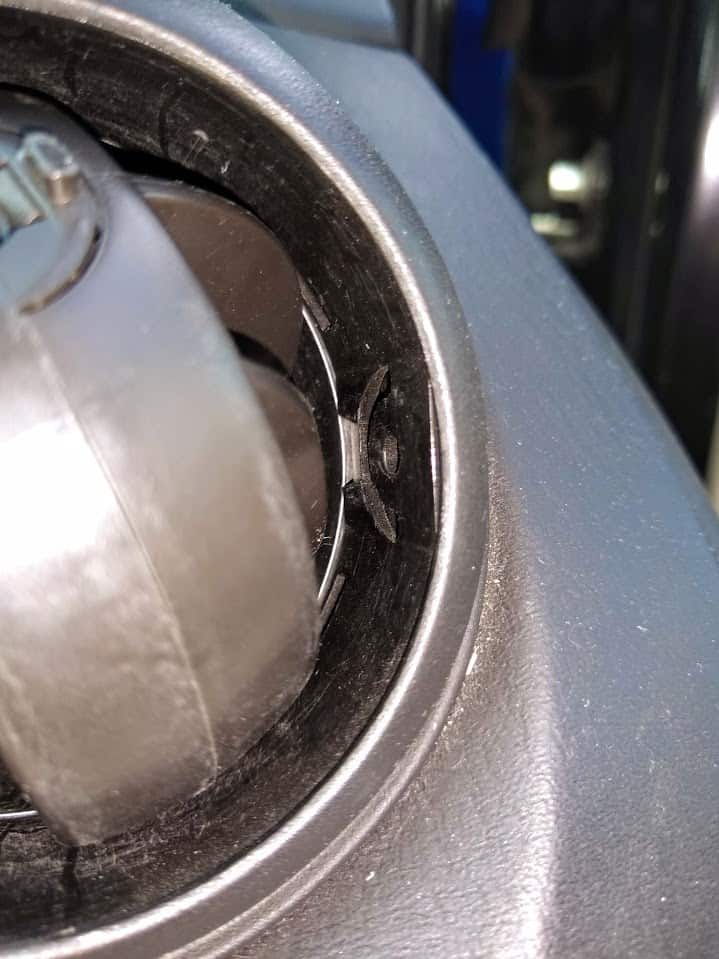
Maybe your best source for information on your specific car model is YouTube or a dealership. When I tried looking it up in my manual, I couldn’t find any information on vent removal, just removing the instrument panel.
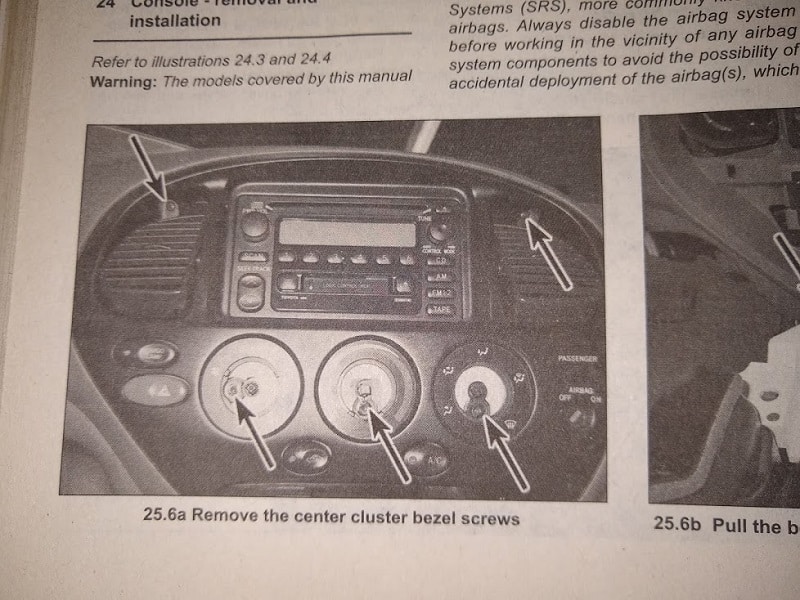
If you find out how to open the control panel or remove the housing for the vents, you can get a better look at the vent from both sides. It may be that the vent pushes in easily from the other side, or you can get a better view to line up the vent and the housing.
It may only take an extra few minutes, and it will be worth it if it prevents further damage to your vent.
Check the Vent for Damage

Cracks
If you were able to check all the areas of the vent and found no problems, then you are ready to replace the vent back in its place.
If your bent has a crack, you might need or want to fix it first.
For the post or pins that hold the vent in place, you’ll need something strong, like an epoxy mix, to create a permanent bond so the contact point will be like new.
For other areas of the vent, you might be fine with super glue or a similar type of product.
Sometimes it’s not worth trying to fix because you might cause more damage trying the apply the glue. Applying a layer to the surface of the vent fin and not bending or forcing any parts out of position too much will help you maintain the structural integrity of the vent.
New Vent
The other alternative is to get a new vent. These usually don’t cost too much, so it depends on how important the aesthetic value of the vent is. If you can’t get comfortable if the air isn’t directed toward you, then it might be important to replace a vent that no longer functions well.
Your comfort while driving can be impacted by vent control, so getting placed correctly or replaced can help. Below is an example of a vent and tools you may want to use to help you when replacing some vents.
Vent Related Products
Common Toyota Vent

AD
This vent requires no tools, so you can just replace it as long as the vent housing is still in good condition.
Trim Removal Tools

AD
These tools are helpful when removing various parts of the car so, you don’t damage the plastic.
Replace Tabs

If your vent tab is broken, this is usually an easy and cheap fix. Sometimes all you need is a new tab (sometimes called a clip) if the tab gets broken. Find the specific one for your car to get the right fit.
Fix Fins
Another problem you may be able to fix easily is reattaching loose fins. Sometimes you can use pliers to reattach the fins into place. See the video for instructions.
Put the Vent Back in Place
When replacing the vent for my car, I just pushed the vent in, and it was able to slide in and attach to both contact points so, it worked properly again. It was easy to remove and replace my vent.
I thought that I would need my pliers to coax the vent back into place, but after pushing the top of the vent, it easily slid under the contact points.
Then I could easily push the vent back in without forcing anything to move in a way it wasn’t supported too.
The problem I find is that I want to get things fixed within a few minutes, and sometimes research and patience are necessary to fix things right the first time. It will be worth the wait to get it done right, and feeling the satisfaction of having done it yourself, has been my experience.
Conclusion
When fixing your air conditioning and heating vents may be a simple procedure, or it may take a long time to get it done right. If you do need a new vent, they should not cost too much unless you go through a dealership.
Each car vent is different and may require different techniques to fix. Doing research will help you determine if you really want and need to fix it. Determine how long and hard the steps are from start to finish to see if it’s quick or a multi-step process.
Soon, as you take the appropriate steps, your vent will be operating just like new.

